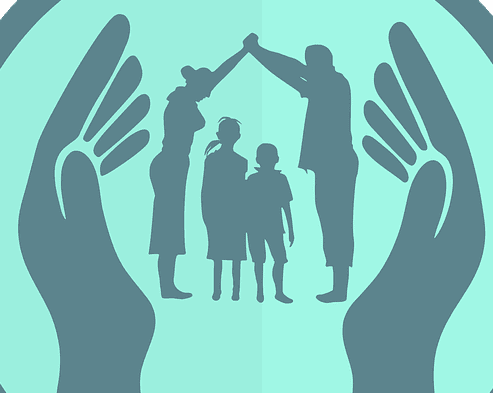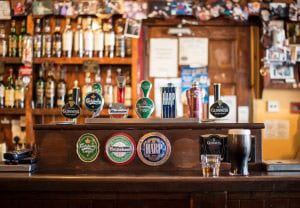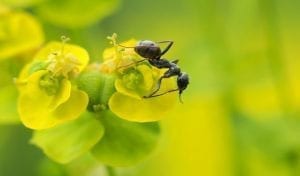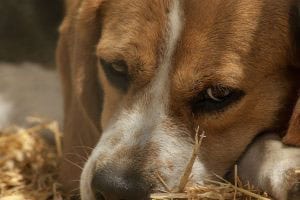Contributed by Jane Larkindale and Alayna Tress
While millions of people globally are living with a rare disease, patients often find it difficult to feel seen or heard throughout their diagnostic and treatment journeys. Hear from two patient advocates in biotech about their experiences working in rare disease drug development, how they ensure patient-centricity, and advice for others looking to raise rare disease awareness.
Jane Larkindale, DPhil, Vice President Clinical Science, PepGen
Jane Larkindale serves as the Vice President of Clinical Science at PepGen. Jane has dedicated the past 15 years of her career to accelerating therapy development for rare diseases, with a focus on neuromuscular diseases. Prior to PepGen, Jane was Executive Director at Critical Path Institute where she conceived of and led the Rare Disease Cures Accelerator, Data and Analytics Platform and multiple disease specific consortia. Prior to the Critical Path Institute, Jane held the position of Vice President of Research Development at Friedreich’s Ataxia Research Alliance and the Muscular Dystrophy Association. Jane is a molecular biologist by training, having completed her D.Phil. (Ph.D.) in the Department of Plant Sciences at Oxford University, which she attended on a Rhodes Scholarship.
Alayna Tress, MPH, Associate Director of Patient Advocacy, PepGen
Throughout Alayna’s eleven years of international biotechnology experience, she’s partnered with patient communities to shape the strategies of pre-clinical and clinical programs to foster patient-focused drug development by bringing in the patient voice. Alayna has therapeutic experience in gynecological oncology, hematological, neuromuscular, and rare disease indications between start-up, mid-size, and large commercial biotech companies. Alayna studied Economics, followed by a Master of Public Health in Health Policy and Management from Boston University. Alayna is currently the Associate Director of Patient Advocacy at PepGen.
Working in rare disease drug development has its challenges. What motivates you to keep moving forward?
Jane: It is all about the people. I have been involved with the rare disease community, primarily the neuromuscular community, for 16 years. During this time, I have worked with some of the most passionate, committed, hard-working people. This is not an area of research where you find slackers – everyone knows that what they are doing matters, and that it is of great urgency. For people with progressive diseases like Duchenne muscular dystrophy (DMD), time is of the essence. A wasted day can lead to increased disability and a shared sense of urgency unites everyone I have worked with in the neuromuscular space. A job in rare disease drug development is about being a part of a community working towards a common goal – a world with greater quality of life for people living with these conditions and their families. It’s hard, but the reward is worth it.
Alayna: Most people and institutions involved in the rare disease community understand how hard it is, and therefore are champions at celebrating all victories, big and small, which is such an encouraging and supportive space to work in. Seeing families and the community celebrate big victories like new clinical studies, drug approvals, and the passing of new healthcare policies is rewarding and exciting. The privilege of partnering with those who share their own diagnostic journey and provide feedback on how PepGen can better support them, or who devote time to helping while also taking part in caregiving, is also so motivating.
How do you ensure the voices of patients and families are incorporated across all stages of treatment development?
Jane & Alayna: At PepGen, we work mainly on Duchenne muscular dystrophy (DMD) and myotonic dystrophy (DM1) and are in constant contact with people living with those conditions and those advocating for them. Some examples:
- Holding advisory board meetings to ask people and their families which symptoms they have, what matters to them, and what they would see as a meaningful change.
- Hosting community members to talk to our scientists and staff to tell them what it’s like to live with the condition, to help everyone in the company understand why we are doing everything we do.
- Asking the community about how they like to be communicated with and offering them a two-way channel to ask questions and give feedback to us, as well as having the community provide employees with insights from meetings and conferences.
- Educating the community on who is involved in the drug development process and explaining to them what the common steps and hurdles are throughout the process. An educated patient is an empowered patient, so we like to educate as much as possible.
- Asking the community about our trials, how to improve them, and if what we’re doing makes sense to them. In the past two weeks we held meetings with 6-10 people from both the DMD and DM1 communities specifically asking about how to best communicate with them about our trials, what they wanted to know, and what further educational materials would be useful to their communities about drug development and clinical trials generally, so we know how to tailor our next set of communication materials appropriately. We’re also planning an internal event for our staff to join a live webinar about living with DMD with Jett Foundation for Rare Disease Day.
What advice do you have for others who are seeking to raise awareness and develop treatments for rare diseases?
Jane: Never give up! Drug development is rarely linear. Things will go wrong that you can’t anticipate, but many obstacles can be overcome. Also, keep the community you hope to serve on your mind, as they are your partners in this, and can often be your best ally in solving issues. Advocacy groups, such as the Myotonic Dystrophy Foundation, CureDuchenne, MDA, PPMD and their equivalents are great resources when you are looking for cell lines and animal models, finding people interested in taking part in trials, identifying sites, and supporting other tools specific to individual conditions. They can also introduce you to experts who can help solve that next problem. The community is an asset from start to finish.
Alayna: Look for allies, and remember to include the people who may not have the same access and education but who are on a similar journey – even if at a different stage. People in the rare disease community have a lot more in common with each other than people may think. Be open to learning from both successful and not-so-successful attempts at raising awareness and developing treatments. It’s all a big learning experience that will help advance the community.






